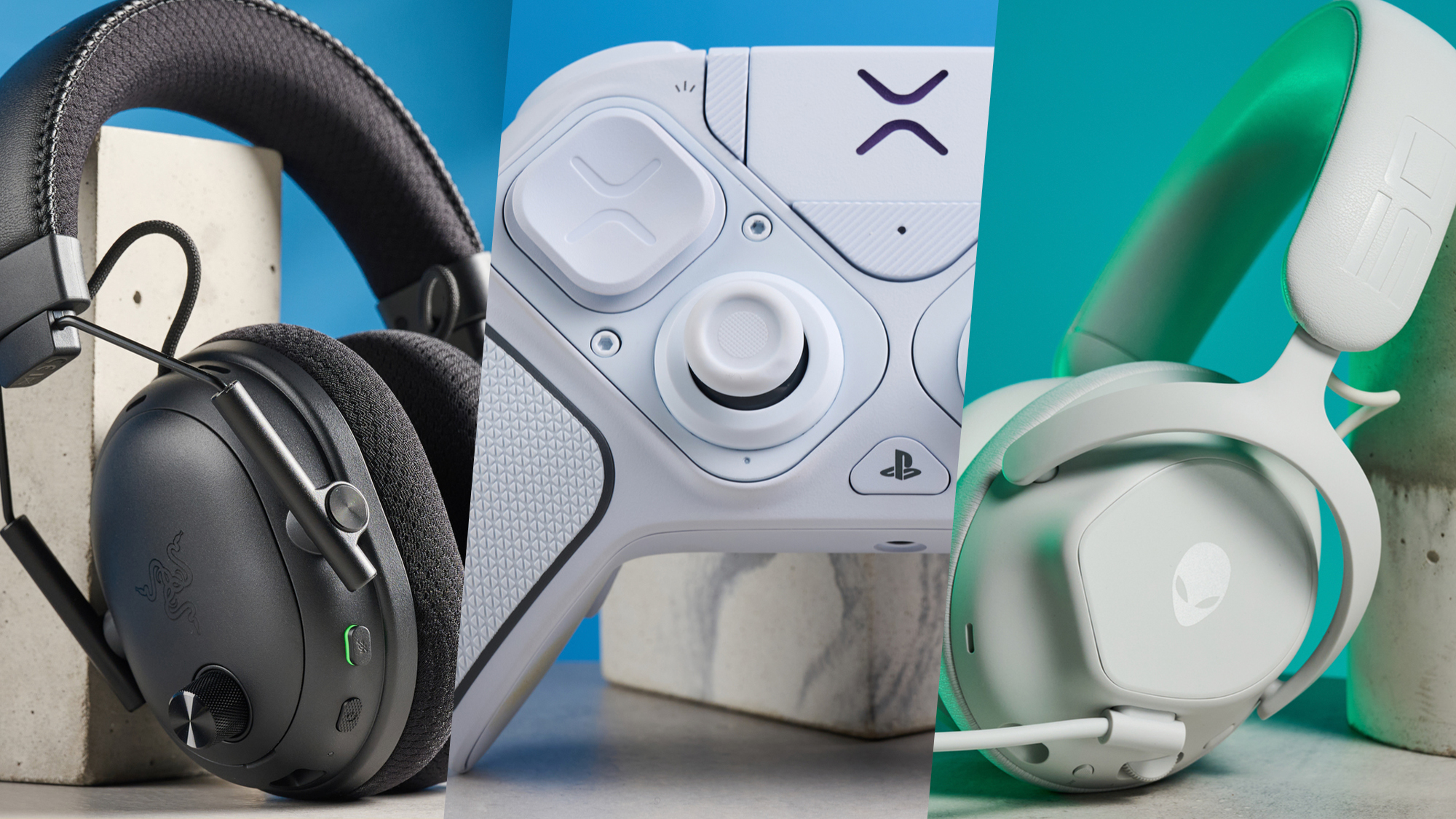
CORRECTION: The industry insider who spoke to Merck KGaA has since retracted his statements after a follow-up call with the company and now says that the liquid crystal layer element will continue to improve.
"As Merck emphasized to me on its call to me, the firm continues to develop its LC materials to meet its customer needs. It is the major supplier of the materials in the market and has built a big business on the back of its expertise and materials. On the call, the firm highlighted the UB Cell technology that BOE showed at Display Week in a TV application and which really impressed me and a lot of others," says a new article on Display Daily.
"I recently wrote an article, based on a conversation with an employee of Merck at the SID Display Week in Los Angeles. This was picked up by other news channels and my conclusion that major changes in liquid materials were extended by some others to suggest that LCD TV is dying. That’s not the case."
"Merck reached out to me after the call as they did not agree with my comment that LCDs for TV will not see major development in the future."
Original story follows below.
The days of LCD research and development have come and gone, according to an industry insider who spoke to Merck KGaA, one of the main suppliers of liquid crystal displays to companies like Samsung and LG.
In short, the reason is that all new R&D money is being spent on self-emissive displays like MicroLED and OLED, as well as on backlight technology like Mini-LED.
Get instant access to breaking news, the hottest reviews, great deals and helpful tips.
As far as the actual liquid crystal display components are concerned, we’ve hit the pinnacle of what they can do.
Does that mean LED-LCD TVs dead in the water? Not necessarily. As we’ve seen from Vizio, TCL, Samsung, LG and Sony, there’s still a huge demand for lower-cost LED-LCD TVs as well as LED-LCD monitors. Those will continue to be produced for years to come — and will likely continue to drop in price — just don’t expect to see many improvements on them compared to their more expensive counterparts.
Where will TVs go from here?
According to Bob Raikes from Display Daily, it’s all about OLED development.
“I asked EMD (which is the US name of Merck KGaA and is by far the dominant supplier of LC materials), what they were doing to push LC materials for displays onto the next stage … They are developing LCs for privacy windows and antennas, but they told us that ‘there is no pull from clients’ for significant development in LC materials,” Raikes wrote in a recent article.
“That shouldn’t have been a surprise to me – I have been talking about the switch to OLED and other emissive displays for the premium end (and later the mainstream) of the display market for a lot of years. Still, after decades of reporting on LC developments, it took a moment to sink in!”
As for what, specifically, manufacturers are working on, it’s the production of QD-OLED panels for use in the high-end Samsung and Sony TVs like the Samsung S95C OLED and Sony A95K OLED as well as the development of PHOLED panels that use a blue phosphorescent material that has a longer shelf life and can go brighter than the traditional organic material in OLED panels.
We’re expecting to see the fruition of those developments in the next few months, but it could take longer for them to start appearing in the next LG OLED TV.
Until then, if you want the next big thing in TVs, you’ll have to settle for the innovative LG G3 OLED that uses LG Display’s third-generation OLED META technology with micro-lens arrays.
Sadly, LCD TVs' days are coming to a close, but OLED TVs are still going strong.
More from Tom's Guide
- Shopping for a gaming TV? 3 to buy and 1 to skip
- Google TV vs. Android TV: What's the difference?
- This is the one thing to know before you buy a TV

Nick Pino heads up the TV and AV verticals at Tom's Guide and covers everything from OLED TVs to the latest wireless headphones. He was formerly the Senior Editor, TV and AV at TechRadar (Tom's Guide's sister site) and has previously written for GamesRadar, Official Xbox Magazine, PC Gamer and other outlets over the last decade. Not sure which TV you should buy? Drop him an email or tweet him on Twitter and he can help you out.
